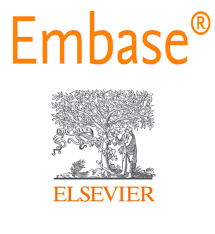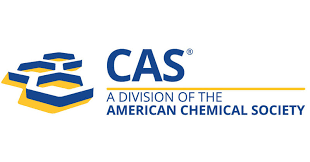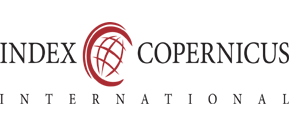Correlation Between Histological Grade and Hormone Receptor Status in Breast Carcinoma
Keywords:
Breast carcinoma, histological grade, estrogen receptor, progesterone receptor, HER2/neu, immunohistochemistry, hormone receptor status.Abstract
Background: Breast carcinoma is the most prevalent malignancy among women globally and a leading cause of cancer-related mortality. The assessment of histological grade and hormone receptor status, including estrogen receptor (ER), progesterone receptor (PR), and human epidermal growth factor receptor 2 (HER2/neu), plays a pivotal role in determining prognosis and guiding individualized treatment strategies. Histological grade reflects the aggressiveness of the tumor, while hormone receptor status helps tailor targeted therapies. Studying the correlation between these parameters. It is crucial to optimize patient care. Aim and Objectives: The aim of the study was to evaluate the correlation between histological grade and hormone receptor status in invasive breast carcinoma. The objectives included grading tumors using the Nottingham modification of the BloomRichardson system and assessing ER, PR, and HER2/neu expression by immunohistochemistry. . Methodology: This was a cross-sectional observational study conducted over a period of 18 months in the Department of Pathology at a tertiary care hospital. A total of 120 histopathologically confirmed cases of invasive breast carcinoma were included. Tumor grading was done using the Nottingham grading system based on tubule formation, nuclear pleomorphism, and mitotic count. Immunohistochemical staining was performed for ER, PR, and HER2/neu, and the results were interpreted according to ASCO/CAP guidelines. Statistical analysis was conducted using the Chi-square test to evaluate the correlation between histological grade and receptor status. Results: Out of 120 cases, Grade II tumors were most common (48.3%), followed by Grade III (32.5%) and Grade I (19.2%). ER and PR positivity were significantly higher in Grade I and II tumors, while HER2/neu positivity and triple-negative profile were more frequently associated with Grade III tumors. An inverse correlation was observed between histological grade and hormone receptor expression, which was statistically significant (p < 0.05). Conclusion: The study demonstrated a significant inverse relationship between histological grade and hormone receptor positivity. Lower-grade tumors exhibited higher ER and PR expression, indicating better prognosis and responsiveness to hormonal therapy. In contrast, higher-grade tumors were more frequently HER2- positive or triple-negative, which are associated with aggressive clinical behavior and limited treatment options. These findings emphasize the importance of combined histological and immunohistochemical evaluation in the management of breast carcinoma.
.png)









